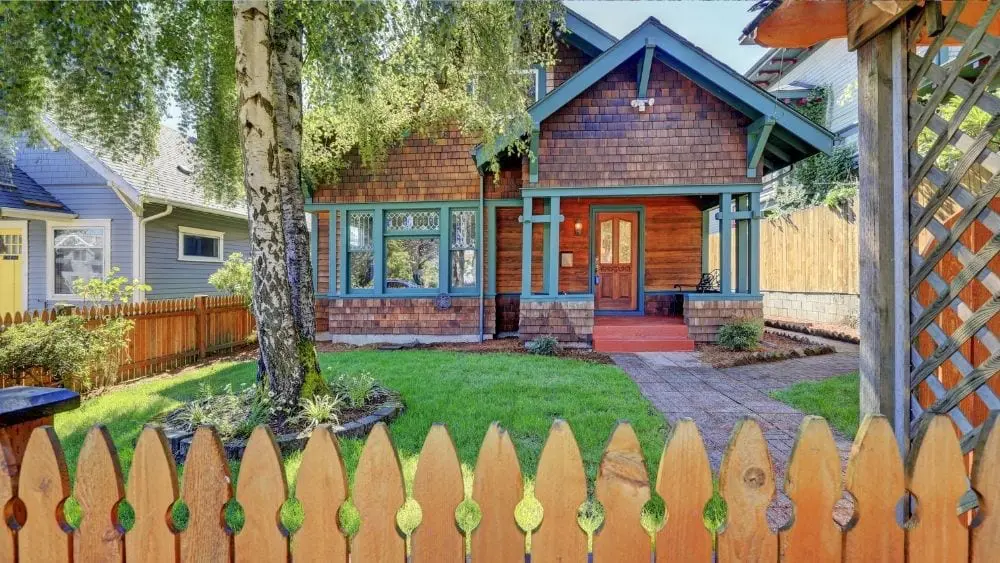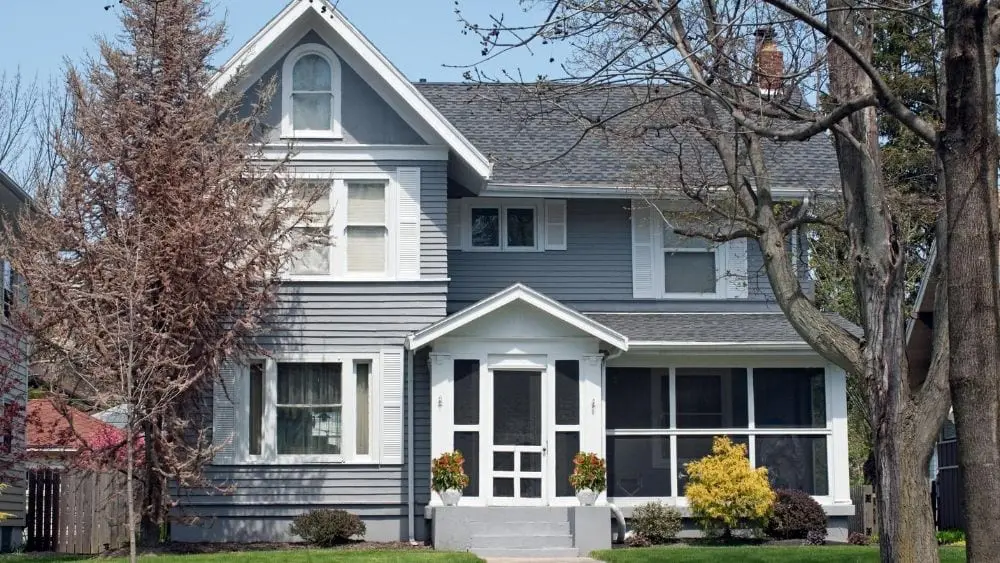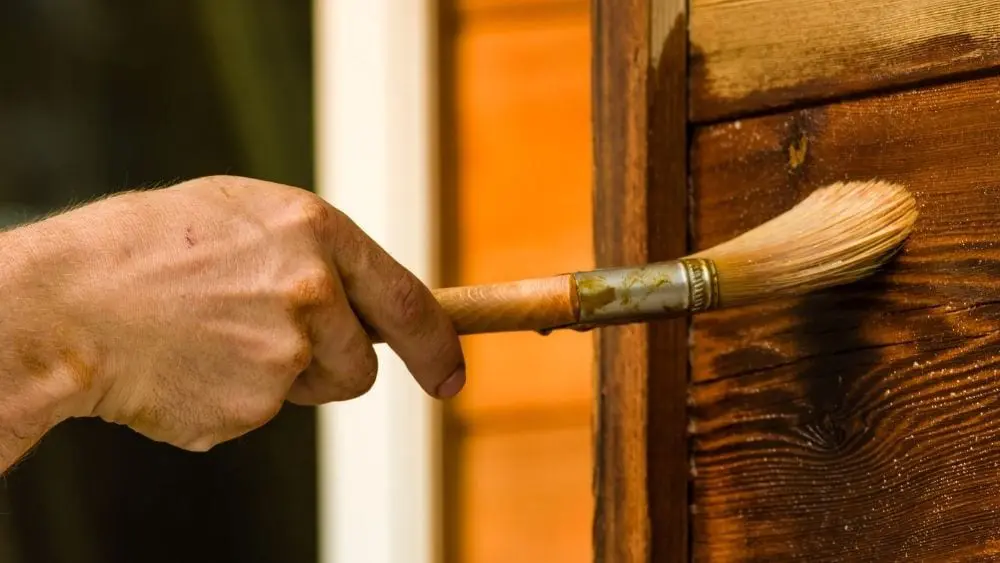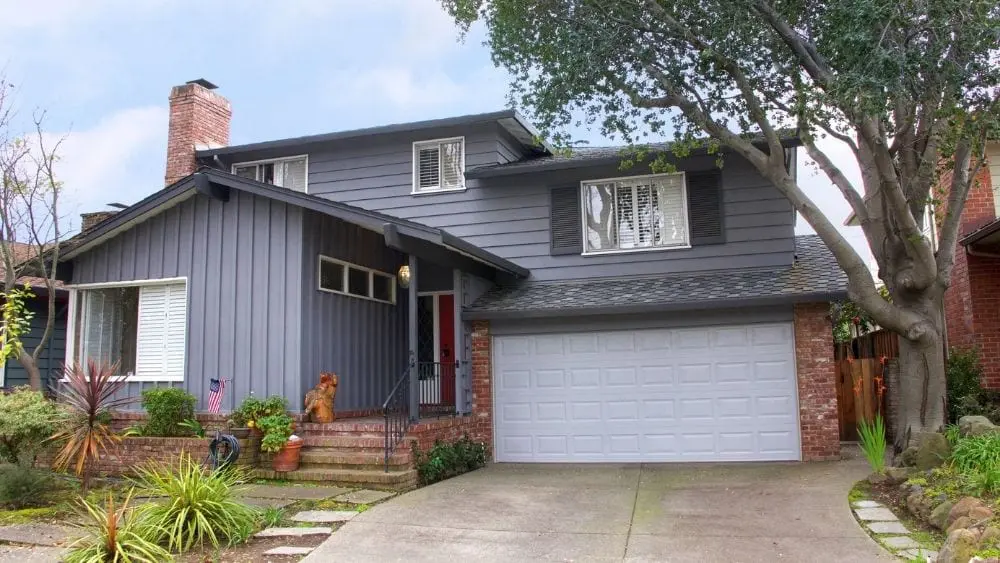
When building a new home from the ground up, I like to think of the siding as the “skin” of the structure. The siding encases the robust framework and insulates the interior spaces. It not only serves as the first defense against rain, wind, and ice, but also transforms your house from a bare skeleton into a completed home that complements your style. In other words, siding brings your home to life.
When choosing siding, critical factors such as local climate, style preferences, and budget limitations have influence. Depending on the size of your home, the type of siding, and labor/installation expenses, your new home’s siding is certain to be a large portion of your overall budget.
While there are many types of siding on the market to choose from, I believe in holding true to a classic. Wood siding has been in use for thousands of years. Trusted by many builders, wood products have provided excellent advantages for homeowners while growing in natural appeal over time. With various colors, textures, treatments, and styles coming to the market, the versatility of wood siding has grown and adapted with the ages to remain in high fashion.
However, wood siding doesn’t come without its challenges. Aspiring homeowners should do their research before beginning construction to ensure adequate planning for their home’s needs. Here are a brief list of pros and cons homeowners need to know about wood siding.
Advantages
As a stylish and versatile choice, wood siding has many benefits for homeowners.
Curb Appeal

Natural wood, whether stained or painted, has a beautiful luster to its appearance. Whether you choose a fresh pine, rich cedar, or neutral ash wood, your home will garner a distinctive street presence to complement your style. Charred wood, shakes, and beveled boards add unique texture and distinguished design to any home.
Resistance to Impact

Wood is unique in its ability to smooth out any dents imposed by flying ice and debris. Brick and stone have the tendency to chip and break while metal and plastic may take on dents, but real wood is often very resilient when impacted.
Budget-Friendly

Wood siding is typically more budget-friendly than other types, but it isn’t the cheapest on the market. Currently with the lumber shortage, the price of wood siding is a bit higher than usual. Typically, you can expect to spend about $5 to $10 per square foot at minimum for the materials and installation. Wood clapboards will run about $5 per square foot while shingles and shakes might cost between $6 and $9 per square foot. Additionally, you should budget for any paint, wood stain, moisture protection and/or treatments against insects. This may cost an additional $2,000 to $5,000, plus ongoing maintenance.
In sum, you can expect to spend any amount from $14,000 to $23,000 on wood siding for a two-story home, depending on design and type of wood. More expensive and hard-to-find woods will increase this estimation.
Long Lifespan

Maintaining your wood siding over time takes patience, effort, and diligence. Homeowners should be proactive in noticing and addressing splits, cracks, warping, and insect and moisture damage as soon as it happens. If a wood siding home is properly maintained, it can be around for 40 years—or longer! This makes wood siding an efficient and cost-effective choice in many areas.
Energy-Efficient

Real wood siding also contributes to your home’s efficiency by serving as a natural insulator year-round. In three-season climates, you can trust that your wood siding is holding in the warm air during winter and keeping cool air from escaping in the summer. This lowers your monthly energy expenses to heat and cool your home and keeps your HVAC and plumbing systems running smoothly all year long. Wood siding is also a natural material, making it 100% renewable and biodegradable.
Disadvantages
While there are plenty of advantages to celebrate about wood siding, it also comes with several challenges.
Damage Risk

Exposure to moisture and insects are a huge risk for your wood materials. Without proper moisture control, planks will warp or cup. They may even grow mold or mildew if left untreated. It is critical to properly treat your wood before installation and maintain the recommended maintenance schedule to lessen your risk of damage to your siding. Choose reputable products and high-quality protection to prevent failure of your siding.
Maintenance

In comparison to other siding types, wood siding requires the most upkeep and regular maintenance. It must be resealed and/or repainted every few years to prevent cracking, warping, and splitting. Homeowners must be vigilant and notice any irregularities as soon as they happen and treat them accordingly, before they become bigger and more costly issues. Keeping with a recommended regular maintenance schedule is key to keeping your wood siding in excellent shape.
Risk of Infestation

The number one enemy of wood siding are, of course, termites. If left untreated, your wood siding could be eaten up by insects in a matter of days. Choosing an insect-resistant wood is a great place to start your defensive strategy, but make sure to consult your contractor for more information on wood maintenance and treatment schedules to ensure that your home is protected against any local critters.
Climate Concerns

In general, wood siding is very versatile in any climate. However, your climate should be a factor in deciding which type of wood you purchase. Cedar has a naturally water-resistant temperament, making it an ideal choice for rainy or tropical climates. Some wood types are at a greater risk for moisture damage and may be better-suited for dry climates. If you live in a particularly wet climate, keep in mind that your siding may require being sealed more frequently to stay protected from water damage.
If you live in a particularly sunny and hot climate, remember that wood is a natural insulator. Light-colored or painted woods may be beneficial in direct sunlight to reflect the damaging rays and maintain cooler air inside the house. Darker colors and deep-toned wood siding will pull in more heat and have the reverse effect.
Installation and Orientation

Installation of natural wood requires a flat surface and a moisture barrier. Contractors usually start with plywood to cover the house frame, then secure the moisture barrier atop the board for protection before attaching the exterior planks. The boards may be attached with construction adhesive or screws and nails, depending on the project.
Planks may be applied horizontally (as in clapboard-style), rectangular planking, or shakes and shingles. They can also be attached vertically in board-and-batten styles. Some designs accommodate a diagonal direction, such as drop channel and tongue-and-groove layouts. The adaptability of wood makes it easy to spice up the design any way you choose!
Best Homes for Wood Siding

As a natural material, wood looks and feels like a breath of fresh air. The versatility of wood makes it a great option for a variety of homes, from log cabins to accented urban homes. It is very popular among traditional styles such as bungalows, cottages, and Cape Cod exteriors. Personally, I love the variations in siding on modern lifestyle homes that include a combination of wood material with brick or stone accents. Truly a great addition to any home style!
Log Cabins to Luxury Mansions

Incredibly versatile and timeless, wood is available in vibrant colors and gorgeous finishes that are sure to impress any crowd, and I hope this article has shed some light on the pros and cons of installing wood siding on your dream home. Whether you are dressing up your family cabin in the woodlands or building a cozy bungalow in the Midwest, wood siding is a classic choice.

Melanie Theriault is a writer, counselor, and lifelong learner. She holds a B.A. in Sociology from Southwestern University, where she discovered her passion for fostering human connection through storytelling.
 Guide to Closing Costs in Arizona
Guide to Closing Costs in Arizona